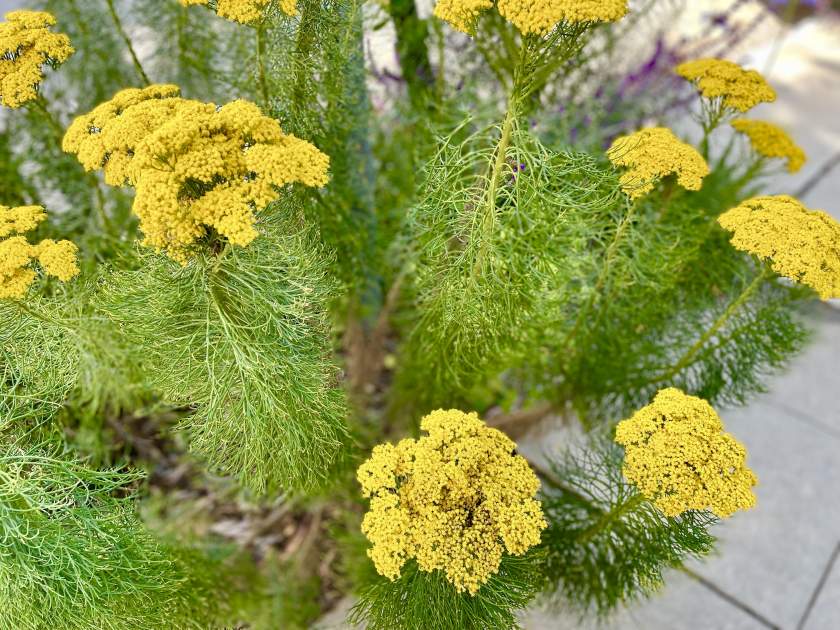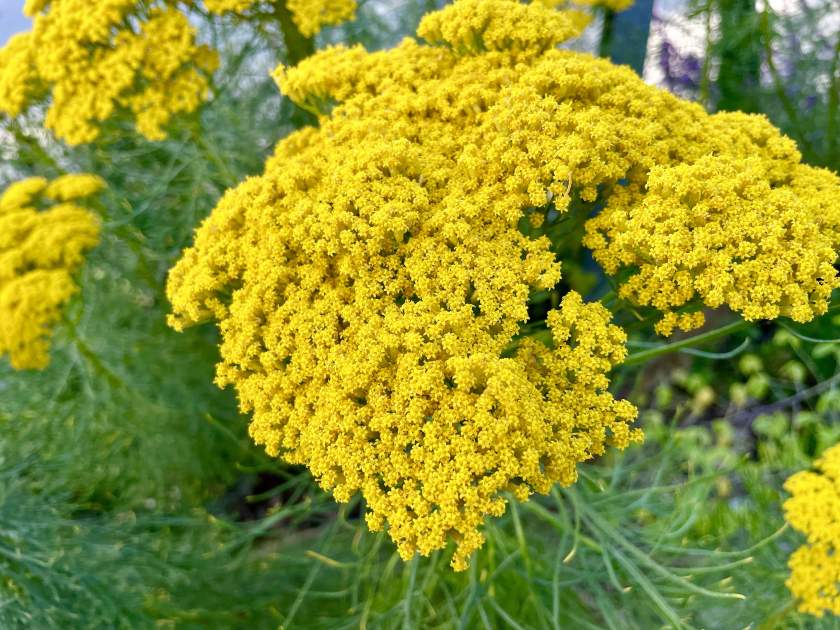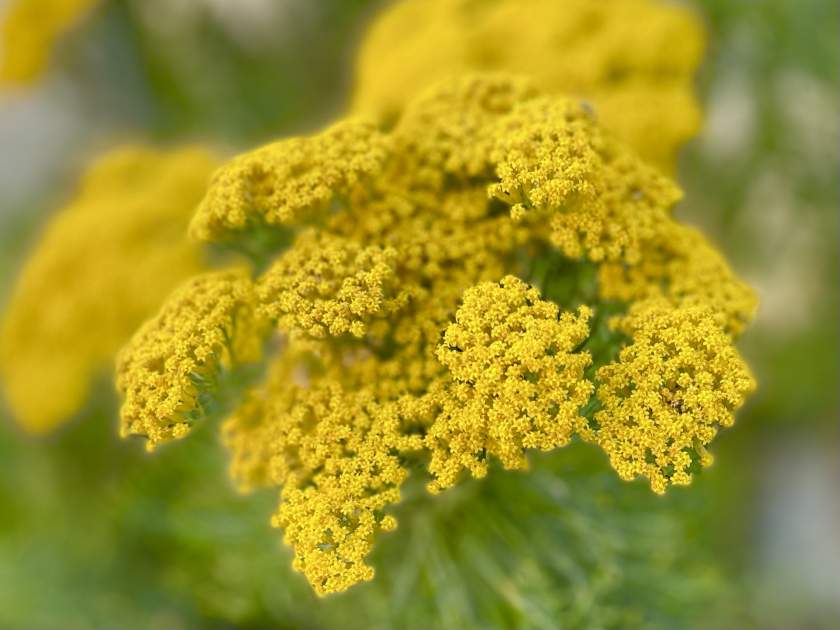Phymaspermum acerosum: A Bright and Resilient Daisy Bush for Your Garden
Phymaspermum acerosum, commonly known as Geelblombos, is a species of flowering plant in the Asteraceae family. It is native to South Africa and thrives in the summer rainfall region of the country. This beautiful plant has captured attention with its vibrant yellow flowers and unique characteristics.
Description and Characteristics
Phymaspermum acerosum is an erect, straggly shrub that can reach a height and width of 1.5-2 meters (5ft to 6ft). It is a multi-stemmed perennial with woody stems and densely leaved branches. The leaves of Phymaspermum acerosum are finely divided, measuring 1-4.5 cm (1/2″ to 1 3/4″) in length. They may exhibit 5-7 lobes or remain simple and often have a large gland-like swelling at the base of the midrib on the underside.
Flowers and Flowering Season
The bright yellow flowers of Phymaspermum acerosum are arranged in large, dense, flat-topped inflorescences. These impressive clusters can span 20-25 cm (8″ to 10″) in diameter, creating a striking display. The plant blooms from April until June, adding a burst of color to the autumn landscape.
Growing and Caring for Phymaspermum acerosum:
To ensure the successful cultivation of Phymaspermum acerosum, it is important to provide the ideal growing conditions and care. Here are some key considerations:
Sunlight: Phymaspermum acerosum thrives in full sun exposure but can tolerate partial shade. However, for optimal flowering, it is recommended to provide ample sunlight.
Watering: Water the plant regularly, especially during the first year after planting. Once established, Phymaspermum acerosum is drought-tolerant but benefits from occasional watering during dry periods.
Soil: This species prefers well-draining soil. If your soil is heavy or clayey, incorporating sand or perlite can improve drainage and create a more suitable growing environment.
Pests and Diseases: Phymaspermum acerosum is generally resistant to pests and diseases. However, it may be susceptible to powdery mildew if the leaves are kept excessively wet. Proper air circulation and avoiding overhead watering can help prevent this issue.
Pruning: Prune Phymaspermum acerosum in late winter or early spring to remove dead or diseased branches. Additionally, pruning can be done to shape the plant according to your preferences.
Winter Protection: If you reside in a cold climate, it is advisable to protect the plant from frost. Covering it with a burlap sack or relocating it to a sheltered location can safeguard it from freezing temperatures.
Propagation: Growing New Phymaspermum acerosum Plants
Phymaspermum acerosum can be propagated through two primary methods: sowing seeds and taking cuttings.
Propagation by Seeds: Sow the seeds in spring or autumn using a suitable planting medium. Ensure that the medium is well-draining. With adequate moisture and suitable temperature conditions, the seeds should germinate successfully within weeks.
Propagation by Cuttings: Take heel or stem cuttings when the flowering season has ended, and new shoots begin to emerge. Choose healthy cutting material and use rooting hormone for better-rooting success. Plant the cuttings in trays filled with a light, well-drained medium. Provide bottom heating and misting to encourage root development. Once the cuttings have rooted, gradually acclimate them to outdoor conditions and then transplant them to a sunny area.
Additional Information:
- Phymaspermum acerosum is also known as the yellow daisy bush or the yellow everlasting.
- The plant is named for the glandular swellings resembling pimples found at the base of its leaves.
- The flowers of Phymaspermum acerosum are not only visually appealing but also edible. They can be used to create a unique and flavorful tea.
- This plant serves as an excellent source of nectar, attracting bees and butterflies to your garden.
With its bright yellow flowers, unique foliage, and ease of cultivation, Phymaspermum acerosum is a delightful addition to any garden. Whether used as a colorful accent or planted en masse for a vibrant display, this daisy bush is sure to bring joy and beauty to your outdoor space.






